In an attempt to get these all done before this year's Oscars, after which everyone forgets about movies for a while and shifts attention to March Madness and disgust with the IRS, I am combining Best Screenplay and Best Cinematography into one post. There's not much reason to put these two together, since screenwriters and DPs are usually about as different as you can get. The only things they really agree on are that directors get way too much acclaim and that possessory credit sucks. But we all undervalue writers and photographers, so they get lumped together and I get back to the actors and actresses that much quicker.
I figure if the Academy can arbitrarily choose nine Best Picture nominees this year, I can set my numbers wherever I want. So here are the eight best screenplays, and eight best cinematography jobs (OF ALL TIME!).
Screenwriters (sorry Mamet, Pinter, Kaufman, Zaillian, Greene -- you were all on the short list but didn't make it.)
Woody Allen (Radio Days, 1987): Roughly a screenplay a year for 40 years after an apprenticeship on Your Show of Shows ought to result in some special work. Allen has written a number of great scripts, and this one shows all his skills with multiple characters, sentiment and comedy to full effect.
Paddy Chayefsky (The Hospital, 1971): Chayefsky went from ultra-realism in the '50s to operatic excess in '70s and ended up with two of the most prophetic and bitingly savage screenplays ever written. This one rates slightly higher than Network.
Ernest Lehman and Clifford Odets (Sweet Smell of Success, 1957): "Cat's in the bag and the bag's in the river." That alone gets it on the list, but it has so much more. Brilliant portrait of the shape of media to come.
Robert Sherwood (The Best Years of Our Lives, 1946): It may be an adaptation, but Sherwood juggles multiple characters and story lines in the most poignant post-war story ever filmed.
Peter Stone (Charade, 1963): There is no better guilty pleasure in the history of film. Suspense, romance, comedy, and an awesome ending. What more do you want?
Preston Sturges (The Miracle of Morgan's Creek, 1944): The greatest American screenwriter. Wrote and directed eight films between 1940-1944 that ranged from good to outrageously brilliant. This is the choice because he got a heroine named Trudy Kockenlocker past the Production Code Administration.
Robert Towne (Chinatown, 1973): A textbook of dramatic structure and perhaps the greatest villain in American film.
Billy Wilder and Raymond Chandler (Double Indemnity, 1944): Another adaptation. A twisting plot that used nihilism, flashback, the femme fatale, and brilliant dialogue to launch film noir.
Cinematography
John Alton (The Big Combo, 1955): Many of these choices will be from splashy, big-budget color films, but mention has to be made of the low-budget noir DPs. Alton works miracles with light and shadow in a dozen such movies.
Jack Cardiff (Black Narcissus, 1947): The other end of the spectrum. The pioneer of three strip Technicolor, Cardiff gave the Powell/Pressburger movies their look.
Karl Freund (The Last Laugh, 1924): The most evolved use of camera in silent film. Freund would come to America and direct some movies in the talkie era, but this silent for F.W. Murnau showed the world how expressive a camera could be.
Conrad Hall (The Road to Perdition, 2002): This movie did not necessarily have to be beautiful. But Hall made sure it was.
Sven Nykvist (Fanny and Alexander, 1982): Best known for his work with Ingmar Bergman, Nykvist shot films for many well-established directors. Some thirty years after their initial collaboration, he had his greatest triumph for Bergman.
Pierre Rousellot (A River Runs Through It, 1992): This movie HAD to be beautiful and Rousellot nailed it.
Vittorio Storaro (The Last Emperor, 1987): Shot The Last Emperor and Ishtar in the same year. At least they both looked great.
Gregg Toland (Citizen Kane, 1941): There may never have been a more fortuitous pairing than Orson Welles and Gregg Toland. Both were geniuses who loved to take chances. Toland's deep focus allowed Welles to express aspects of Kane's character in purely cinematic terms.
Next week, we get back to the actors.
